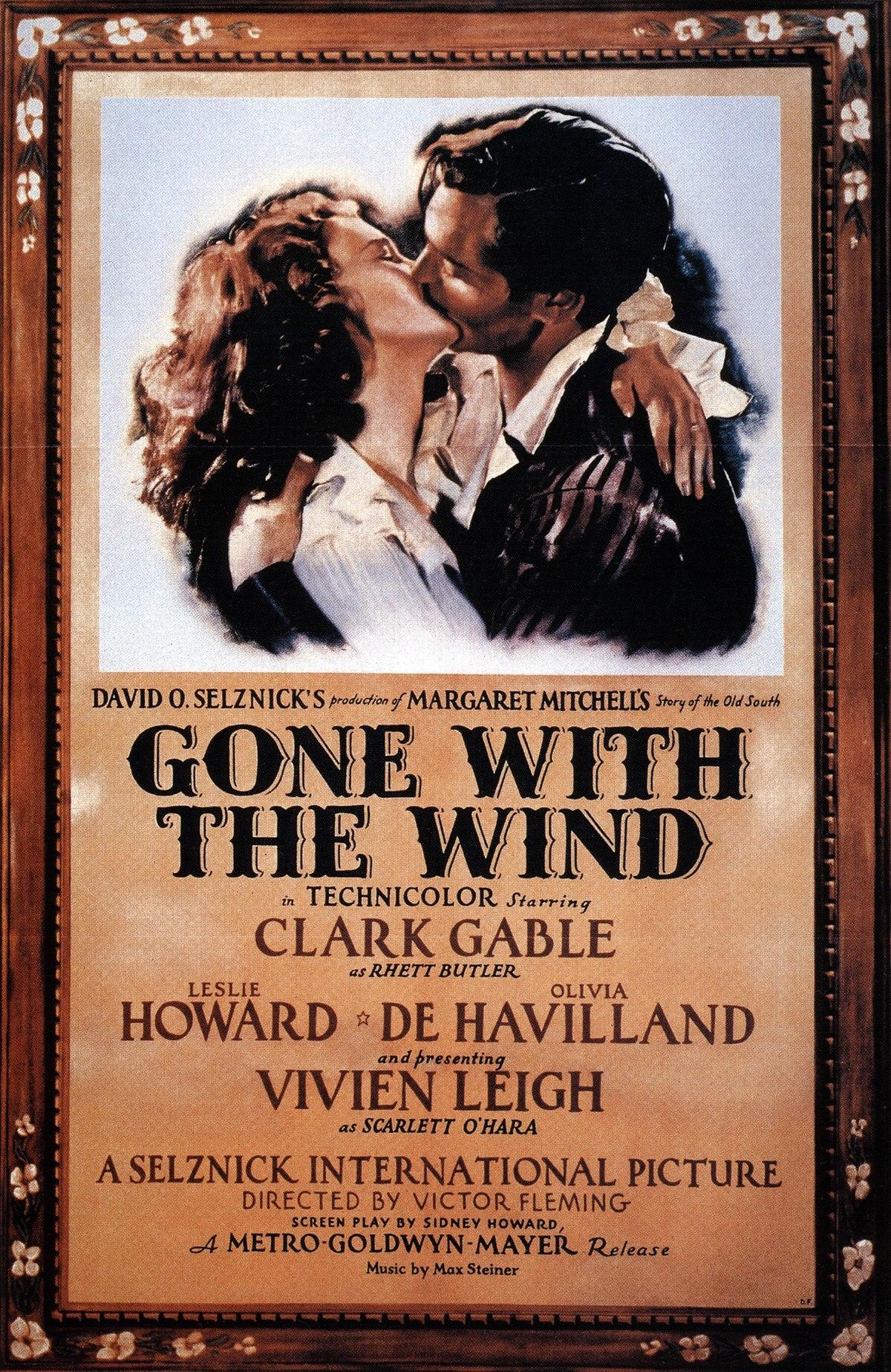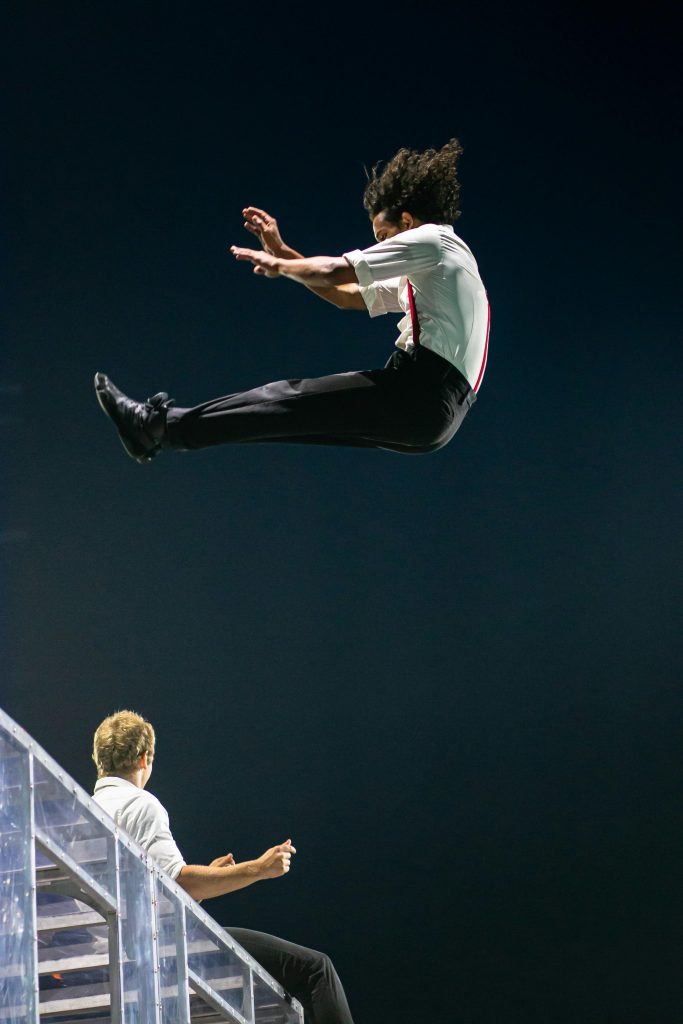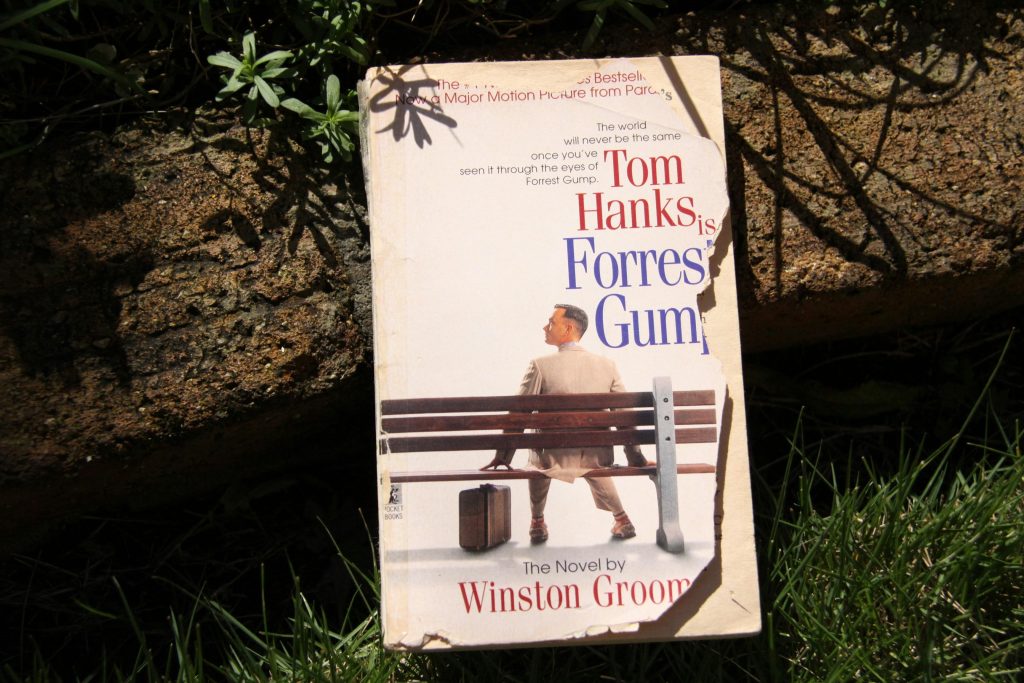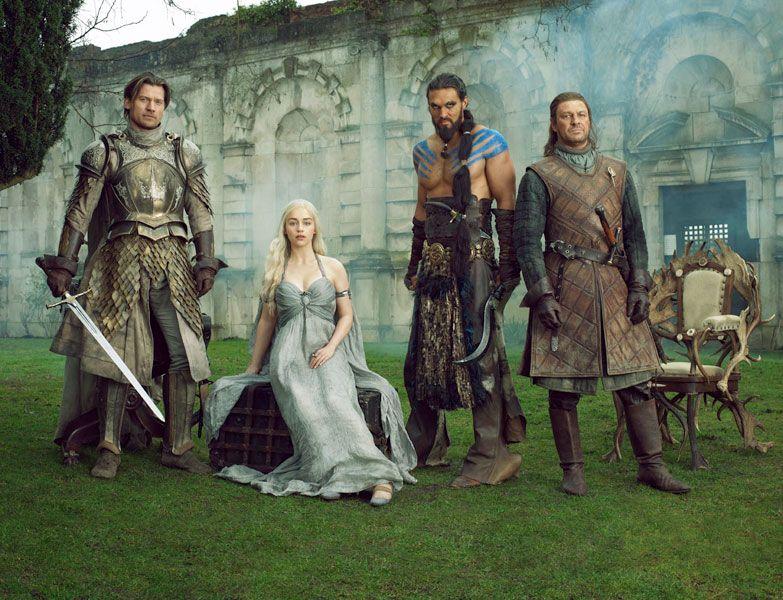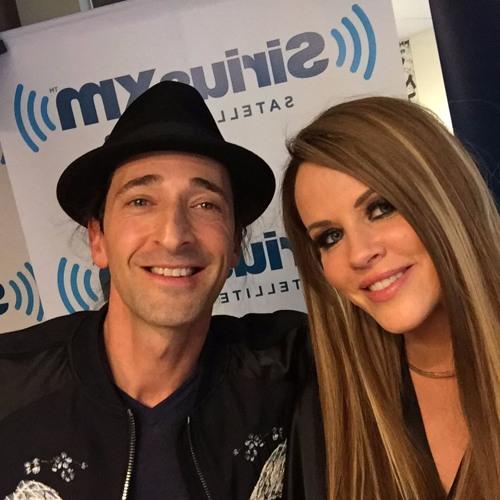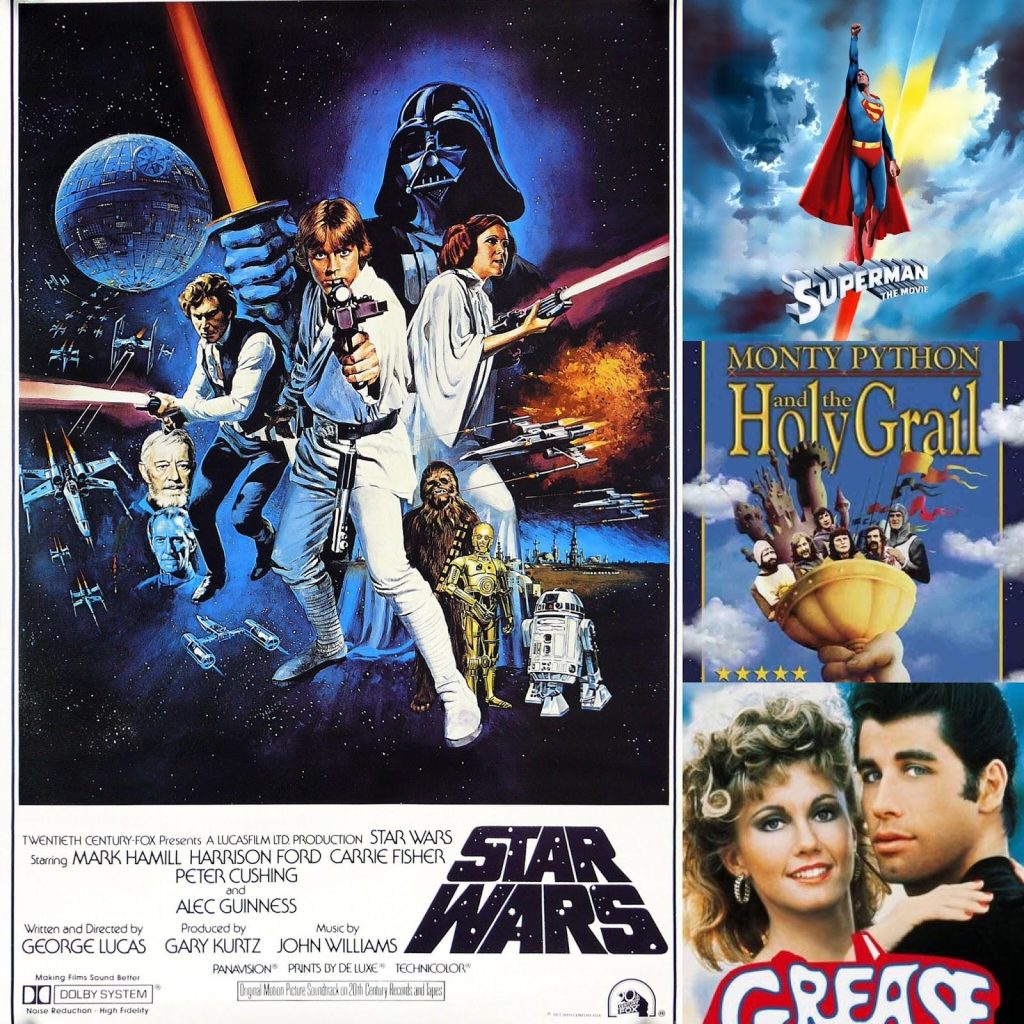In the ever-evolving tapestry of cultural discourse, few works of art have remained as simultaneously revered and reviled as Margaret Mitchell’s “Gone with the Wind.” Published in 1936 and immortalized on screen just three years later, this epic tale of love and loss set against the backdrop of the American Civil War has woven itself into the fabric of literary and cinematic history. Yet, as society strides forward, casting a critical eye on the narratives that have shaped its identity, “Gone with the Wind” stands at a crossroads. In today’s social climate, where the examination of historical narratives through a modern lens has become both a moral imperative and a cultural phenomenon, the question arises: Should “Gone with the Wind” be reevaluated? This inquiry invites us to explore the complex interplay between art and ideology, history and progress, challenging us to reconsider the legacy of a work that continues to captivate and confound.
Cultural Legacy and Historical Context: Understanding the Films Impact
The 1939 film Gone with the Wind is undeniably a cornerstone of American cinema, celebrated for its sweeping narrative and technical achievements. However, its portrayal of the Antebellum South and the Civil War era is steeped in a romanticized vision that glosses over the harsh realities of slavery and racial discrimination. Understanding the film’s impact requires acknowledging its dual role as both a cinematic masterpiece and a cultural artifact that reflects the racial attitudes of its time. The film’s grandeur and storytelling have left an indelible mark on Hollywood, influencing countless filmmakers and shaping the epic genre. Yet, its depictions raise critical questions about the narratives we choose to celebrate and the historical truths they obscure.
- Romanticization of the Antebellum South: The film’s idyllic portrayal of plantation life can distort historical realities.
- Racial Stereotypes: Characters like Mammy and Prissy, while iconic, are entrenched in racial caricatures.
- Cinematic Influence: The film’s technical innovations, from color cinematography to epic storytelling, set new standards in the industry.
In today’s social climate, these elements invite a necessary reevaluation. The film can be seen as a lens through which to explore how cultural narratives are constructed and the ways in which they might be revised to include more inclusive and accurate representations of history. Such a reevaluation does not diminish its artistic achievements but rather enriches our understanding of its place in cultural history.
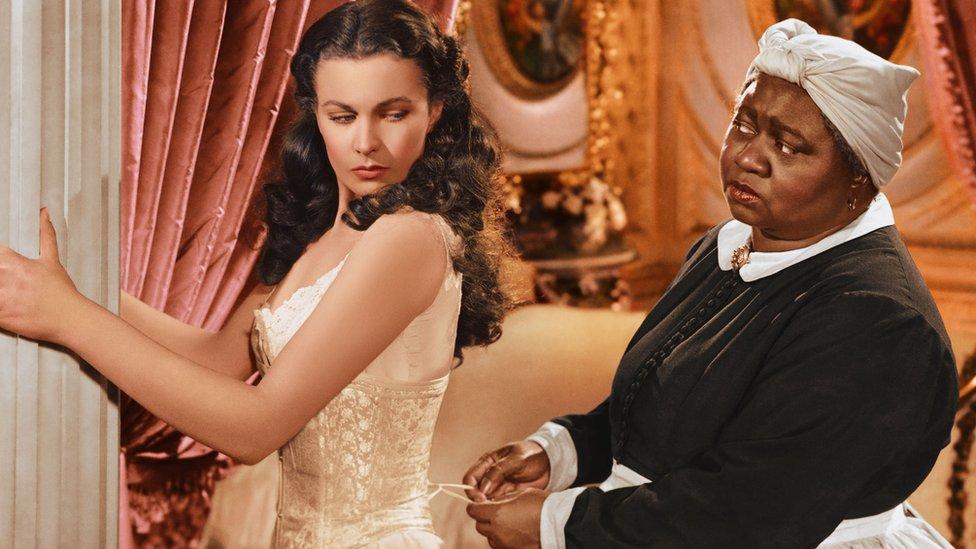
Representation and Stereotypes: Analyzing Character Portrayals
In the tapestry of American cinema, Gone with the Wind holds a prominent place, yet its portrayal of characters has sparked conversations about representation and stereotypes. The film presents a romanticized vision of the antebellum South, often glossing over the harsh realities of slavery. African American characters, such as Mammy, played by Hattie McDaniel, are often depicted through the lens of subservient archetypes, which can perpetuate outdated stereotypes and fail to reflect the full spectrum of Black experiences. In today’s social climate, it’s crucial to critically examine these portrayals and question how they align with or diverge from contemporary understandings of race and identity.
- Static Character Roles: Characters like Mammy and Prissy are often relegated to roles that lack depth and complexity, serving primarily to support the narratives of the white protagonists.
- Romanticized Historical Context: The film’s depiction of the Old South can overshadow the brutal realities of slavery, presenting a skewed version of history.
- Impact on Modern Audiences: As viewers engage with the film today, it prompts discussions about how such representations influence perceptions of race and history.
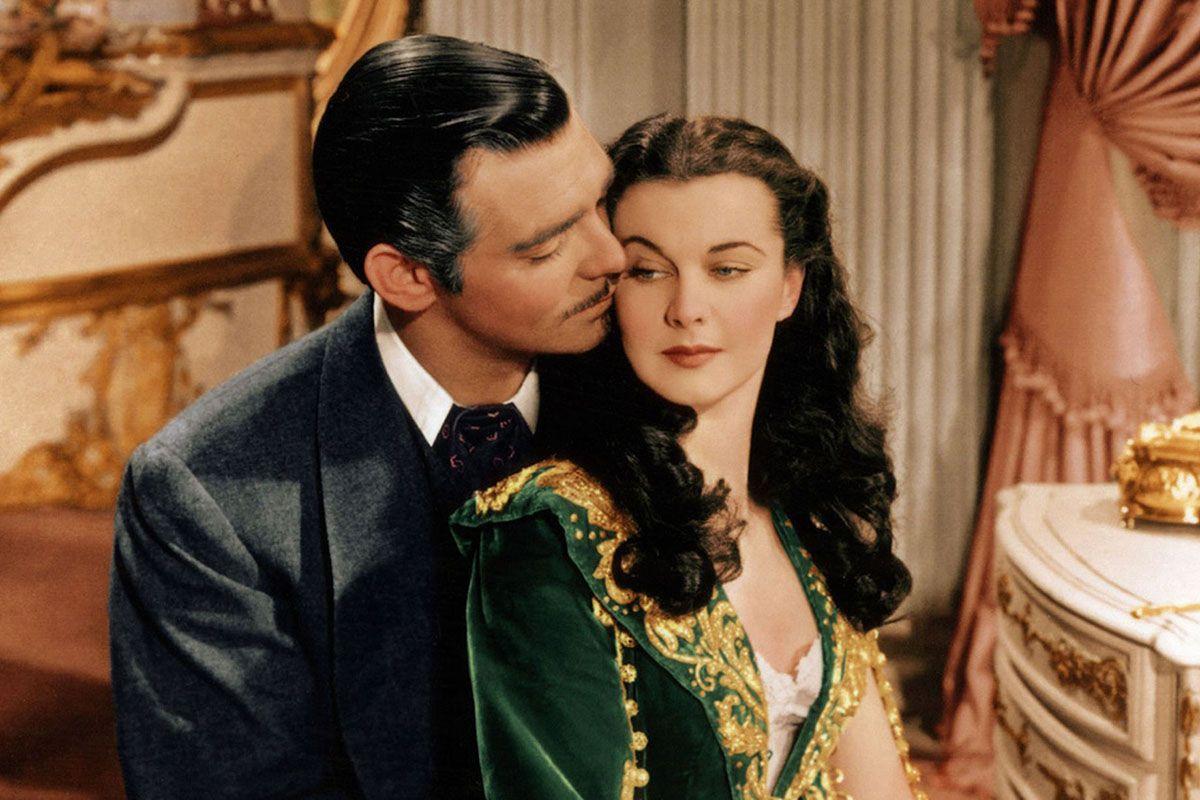
Balancing Artistry and Ethics: Evaluating Creative Merits
As society evolves, the lens through which we view cultural artifacts, like “Gone with the Wind,” also changes. This classic film, renowned for its sweeping narrative and iconic performances, raises questions about the balance between artistic achievement and ethical considerations. While it is undeniably a masterpiece in terms of cinematic craft, its portrayal of the Antebellum South and the romanticization of the Confederacy can be troubling to contemporary audiences. The challenge lies in recognizing its creative merits while also acknowledging the problematic aspects that reflect outdated societal norms.
- Artistic Excellence: The film’s cinematography, score, and pioneering use of Technicolor are often highlighted as revolutionary.
- Historical Context: Understanding the period it was made in helps contextualize its themes and representations.
- Ethical Concerns: The portrayal of slavery and racial stereotypes necessitates a critical examination.
- Cultural Impact: Its influence on subsequent media and popular culture remains significant, warranting discussion on its legacy.
Engaging with “Gone with the Wind” today requires a nuanced approach that appreciates its artistic contributions while critically assessing its place in the modern social climate. By doing so, we can foster a more informed and inclusive dialogue about how we consume and critique cultural works from the past.
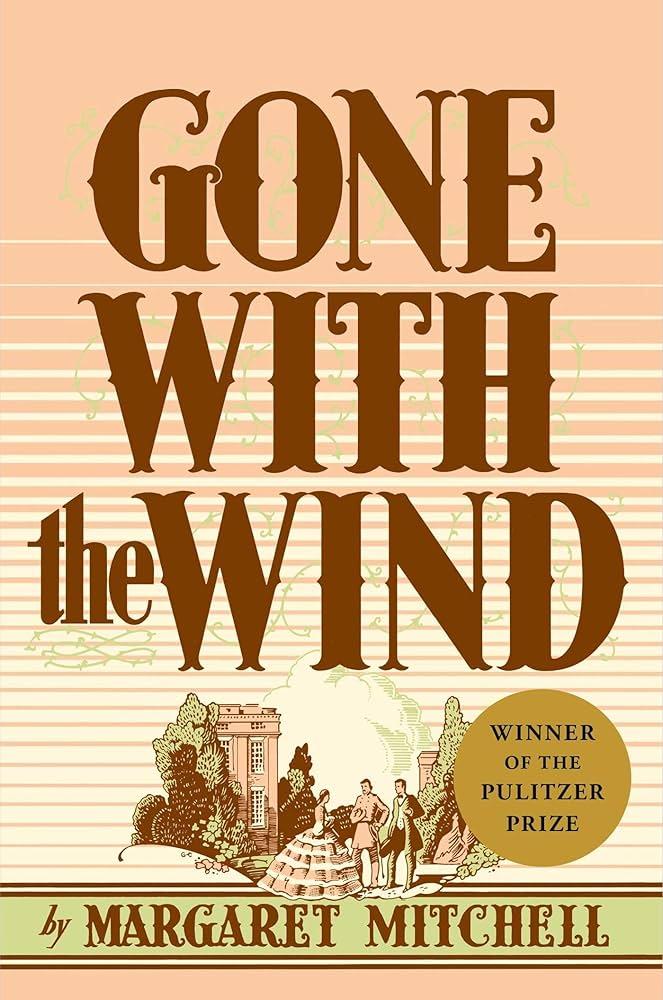
Engaging with the Past: Recommendations for Modern Viewership
In the contemporary landscape, engaging with classic films like Gone with the Wind requires a nuanced approach that respects historical context while also acknowledging modern values. To enrich the viewing experience, consider the following recommendations:
- Historical Context: Understand the era in which the film was made, and the period it depicts. This provides valuable insight into its cultural and societal implications.
- Critical Discussion: Facilitate open conversations about the film’s themes, characters, and portrayal of race and gender. Such discussions can illuminate both the film’s artistic merits and its controversial aspects.
- Diverse Perspectives: Incorporate viewpoints from historians, cultural critics, and communities represented in the film. This broadens the narrative and fosters a more inclusive understanding.
- Educational Resources: Utilize documentaries, articles, and academic papers to supplement viewing, offering a well-rounded comprehension of its impact and legacy.
By employing these strategies, viewers can appreciate the film as a historical artifact while critically engaging with its content in light of today’s social climate.

